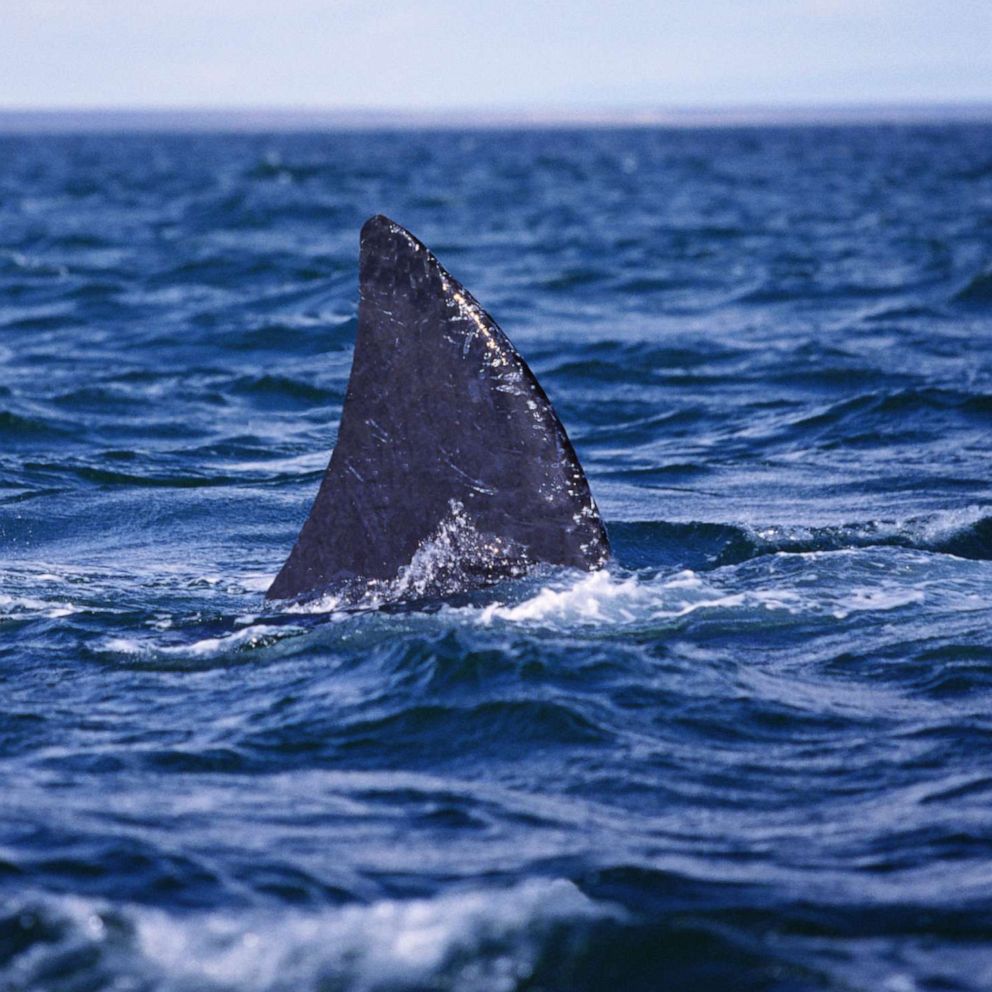Tech Researchers Inspired by Marine Life
Dec. 6 -- Forget about Ginger, or "IT," or whatever its name is. The invention the world really needs is a gizmo that can swim like a fish while grabbing stuff from the water with several arms, and still be able to smell like a lobster.
That may sound a bit strange, but in fact scientists are increasingly turning to animals like the octopus and the lobster for help in designing the robots of the future. The reason is simple. Nature did it first and did it best, so we ought to be able to learn a lot by looking at biological systems that do some things a lot better than we can.
Much of the research is supported by the military, particularly the Office of Naval Research and the Defense Advanced Research Projects Agency, because it would be a lot safer to send a robot into a cave instead of a soldier. To figure out how to build such a robot, scientists are studying all sorts of critters to see how they function in what would seem to us a very hostile environment.
Underwater Sniffer
Take the Caribbean spiny lobster, for instance. Panulirus argus can sniff out odors underwater (when was the last time you tried that?) and distinguish between prey and food.
That's a really nifty trick, and if scientists could figure out exactly how the lobster does that, they would be a bit closer to building robots that can follow scents under water.
So scientists at the University of California at Berkeley and Stanford University are trying to figure out exactly how a lobster smells. It turns out to be an extremely complex system. The lobster uses odor-sensitive hairs in its antennae to pick up the scent of a tasty morsel, like a rotten fish.
"When you look at the animal kingdom, you see lots of creatures that capture odor from water or air using antennae that are feathery or hairy," says Mimi A.R. Koehl, professor of integrative biology at Berkeley and lead author of a report on the research in the Nov. 30 issue of the journal Science.
"We want to know how these feathery structures interact with water or air … and which aspects of their design affect how they perform at catching odors."




